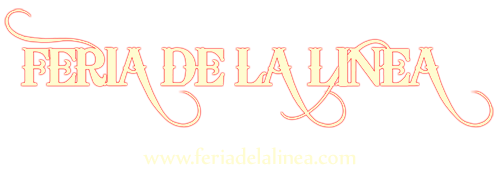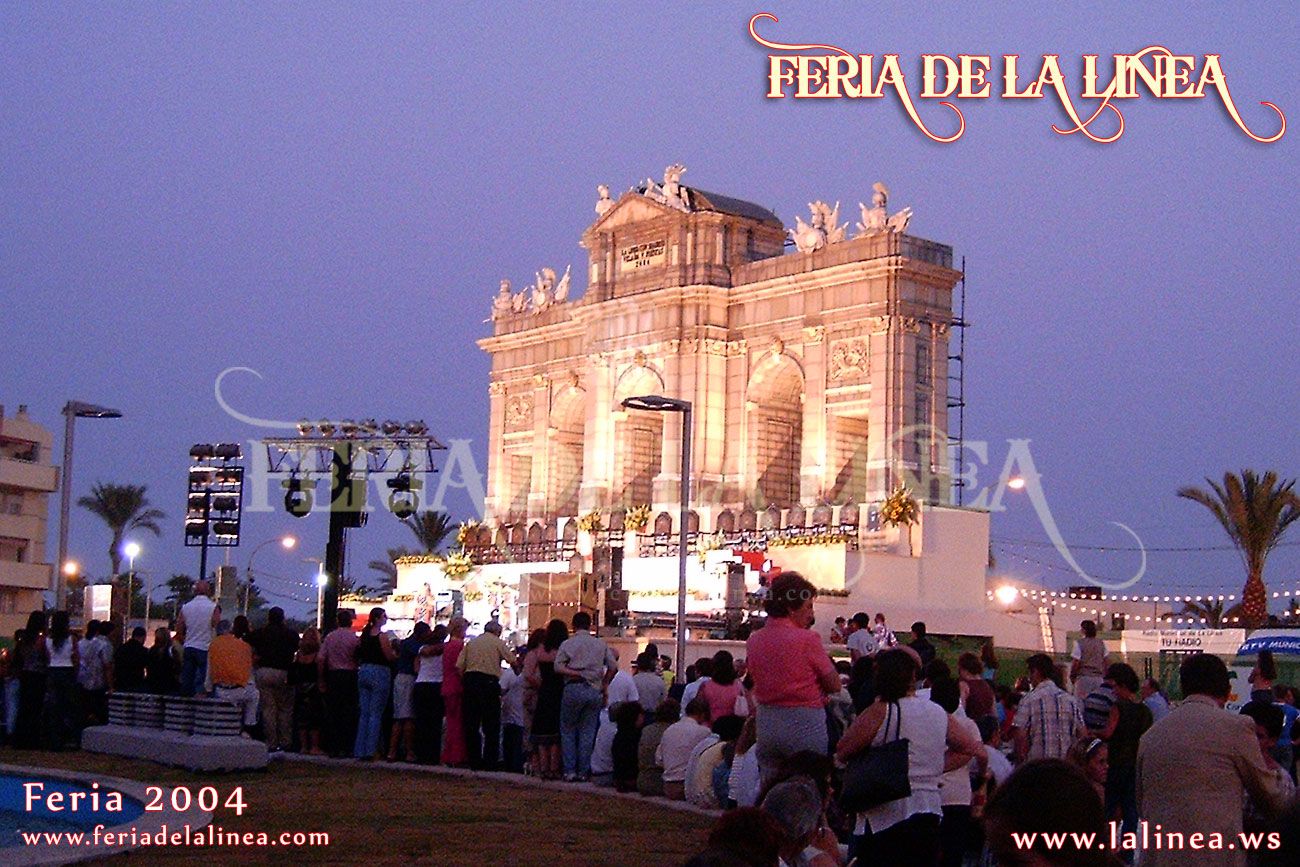The Feria de La Línea, known for its vibrant culture and historical significance, has a rich history dating back to 1879. Initially, it was celebrated around the Corpus Christi religious festival, and its first venue was the Explanada, now known as Plaza de la Constitución. The event was also called Velada, differentiating it from typical fairs focused on livestock and goods trading.
Significant milestones in the festival’s history include the establishment of the first Festejos Committee in 1907, and its evolution into Feria Real in 1915, moving to the newly constructed Huerto Pedro Vejer site. This location featured a prominent metal arch at its entrance, which remained until 1948. The festival was briefly interrupted during the Spanish Civil War (1936-1939).
Post-war years saw significant events, like the historic football match between Real Madrid and the Real Balompédica Linense in 1944. In 1941, the feria reflected the changes under Franco’s regime, and in 1942, the «Mujeres Linenses» painting by José Cruz Herrera was featured on the event poster.
The festival continued to evolve, with notable events like «Madrid en La Línea de la Concepción» in 1956, and changes in location and organization. By 1982, it moved to the Avenidas del Ejército and Principe de Asturias, settling into a more spacious venue, though lacking the charm of the Huerto Pedro Vejer site. The 1980s and 1990s saw new artists like Pepe Gallego and Pepe Cano contributing to the festival’s visuals.
In 1998, the festival underwent its last major change in venue, moving attractions and stalls to a new area, with the Avenida del Ejército becoming the parade route. The 2000s brought more innovation, with Pepe Gallego’s designs featuring prominently. The 2004 festival saw a tribute to Madrid following the Atocha attacks, showcasing a replica of the Puerta de Alcalá.
Actividades y programación destacada
- Coronation of the Youth and Children’s Queens: On Friday, July 11, in the Plaza de la Constitución, the proclamation and the coronation are held, officially starting the fair.
- Great Announcer Cavalcade: On Saturday, July 12, a parade through the city center, ending with the lighting of the fairgrounds and the inauguration of the Municipal Booth.
- Domingo Rociero: On Sunday, July 13, the diana rociera, the mass rociera and the horse ride through the fairgrounds are celebrated, in addition to dancing and musical performances in the Municipal House.
- Women’s Day and Noiseless Day: July 16 is a local holiday, dedicated to the Virgen del Carmen and women. On July 18, Noiseless Day is celebrated, with activities adapted for people with special needs.
- Bullfighting celebrations: During the fair, bullfights are held, especially on July 18 and 19.
- Founding Anniversary: On Sunday, July 20, coinciding with the closing of the fair, the anniversary of the city is celebrated with an institutional plenary, flag raising, pyrotechnic show and dance by Sevillians.
- Hangover Day: Monday, July 21 is a local holiday to recover from the intense week of celebration.

